Home>Technology>Security & Surveillance>How To Open A Room Door Lock
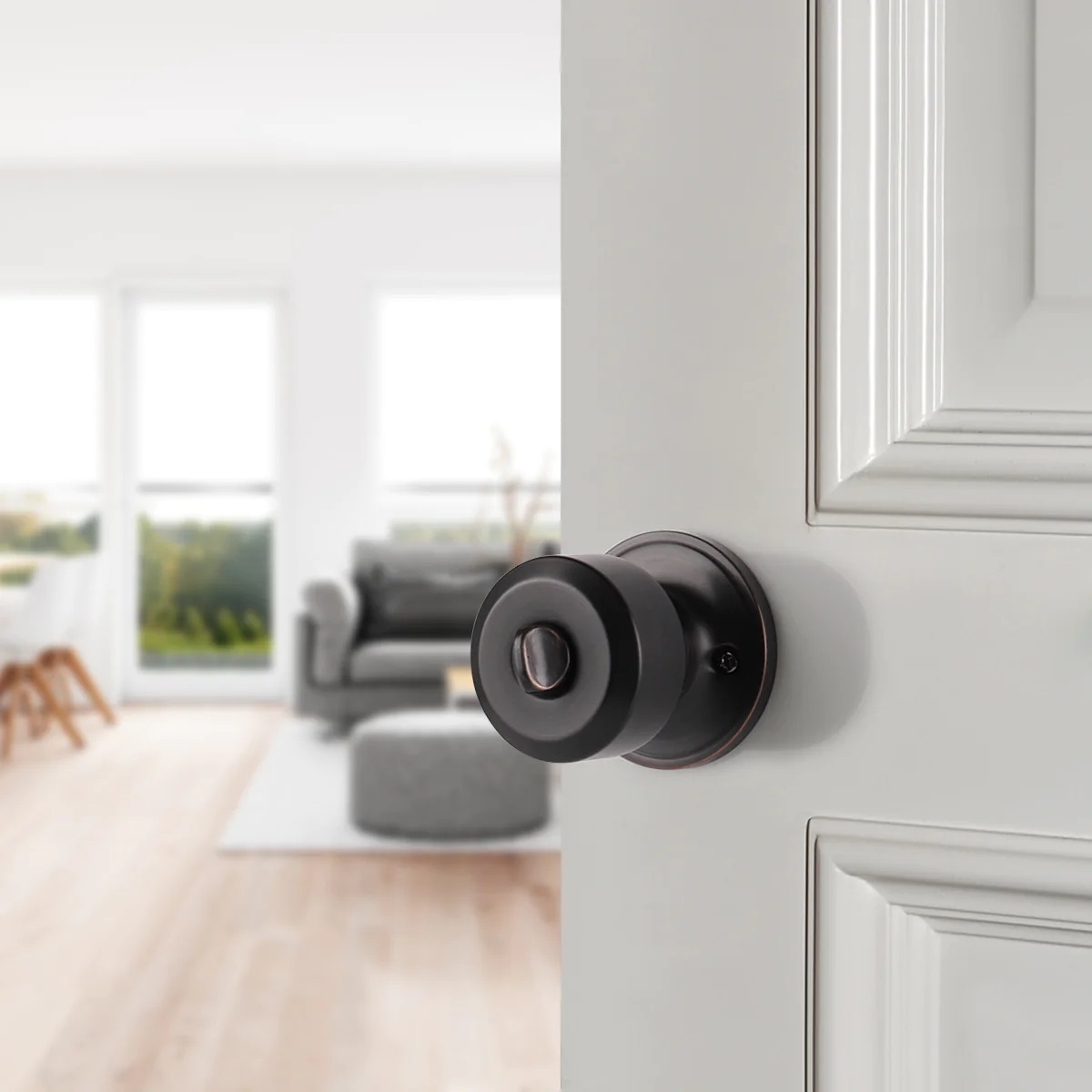

Security & Surveillance
How To Open A Room Door Lock
Modified: January 3, 2024
Learn the essential steps to open a room door lock with ease and ensure security and surveillance in your home. Expert tips and techniques for unlocking various types of door locks.
(Many of the links in this article redirect to a specific reviewed product. Your purchase of these products through affiliate links helps to generate commission for Storables.com, at no extra cost. Learn more)
**
Introduction
**
Welcome to the comprehensive guide on how to open a room door lock. Whether you've accidentally locked yourself out or encountered a malfunctioning lock, this article will equip you with the knowledge and skills to tackle the situation. Before we delve into the step-by-step process, it's essential to emphasize that opening a door lock should be approached with caution and only in situations where you have legal access to the property. It's always advisable to seek professional assistance if you are uncertain or uncomfortable with the process. With that in mind, let's explore the tools you'll need to effectively open a room door lock.
**
Key Takeaways:
- Opening a room door lock requires patience, the right tools, and legal access. It’s important to understand the lock’s mechanism and seek professional help if unsure.
- Respect privacy, use proper technique, and avoid unnecessary damage when attempting to open a locked door. Patience and persistence are key in this process.
Read more: How To Open A Locked Shed Door
Tools Required
**
Before embarking on the task of opening a room door lock, it's crucial to gather the necessary tools. Having the right equipment at your disposal will streamline the process and minimize the risk of causing damage to the lock or door. Here are the essential tools you'll need:
-
Lock Pick Set: A set of lock picks is indispensable for manipulating the pins and tumblers within the lock mechanism. These tools come in various shapes and sizes to accommodate different types of locks.
-
Tension Wrench: Also known as a torque wrench, this tool is used to apply rotational pressure to the lock cylinder. It is instrumental in creating the necessary tension to enable the manipulation of the internal components.
-
Lubricant: A small amount of lubricant, such as graphite powder or lock lubricant, can aid in easing the movement of the lock's internal components. This can be particularly helpful if the lock is stiff or resistant.
-
Art Credit Card or Shim: In some cases, an old credit card or a specially designed shim can be utilized to bypass certain types of spring-loaded latches. This technique, known as "carding," can be effective for simple latches.
-
Screwdriver: Depending on the type of lock and door hardware, a screwdriver may be necessary for removing the lock assembly or accessing internal components.
-
Flashlight: Adequate lighting is essential for a clear view of the lock mechanism, especially in low-light conditions or when working with dimly lit areas.
Ensuring that you have these tools readily available will empower you to approach the task of opening a room door lock with confidence and preparedness. With the tools in hand, let's delve into understanding the lock mechanism.
**
Understanding the Lock Mechanism
**
Before attempting to open a room door lock, it's beneficial to have a basic understanding of the lock's internal mechanism. Different types of locks, such as pin tumbler locks, wafer locks, or smart locks, have distinct mechanisms that dictate their operation. However, for the purpose of this guide, we will focus on the common pin tumbler lock, which is prevalent in residential and commercial settings.
A pin tumbler lock consists of a plug, which contains the keyway and is designed to rotate within the cylinder housing, and a series of driver pins and key pins. The driver pins are spring-loaded and rest within the upper chambers of the lock, while the key pins are positioned in the lower chambers. When the correct key is inserted into the keyway, the key pins align at the shear line, allowing the plug to rotate and the lock to open.
Understanding this mechanism is crucial for employing the appropriate techniques to manipulate the internal components and achieve a successful lock opening. With this knowledge in mind, let's proceed to the step-by-step guide for opening a room door lock.
**
If you’re trying to open a room door lock, try using a credit card or a thin, flexible piece of plastic to slide between the door and the frame. Gently wiggle and push the card towards the latch while turning the handle to open the door.
Step-by-Step Guide to Opening a Room Door Lock
**
Opening a room door lock requires a systematic approach and precision to manipulate the internal components effectively. It's important to proceed with patience and attentiveness throughout the process. Here is a step-by-step guide to assist you in opening a room door lock:
-
Assess the Type of Lock: Begin by identifying the type of lock you are dealing with. This can include cylindrical locks, mortise locks, or deadbolts. Understanding the specific features of the lock will inform your approach.
-
Prepare the Tools: Ensure that you have the necessary tools, including a lock pick set, tension wrench, lubricant, and any additional items specific to the type of lock you are addressing.
-
Apply Tension: Insert the tension wrench into the keyway and apply slight rotational pressure in the direction that the key would turn to unlock the door. Maintain consistent but gentle pressure to create tension within the lock.
-
Manipulate the Pins: Utilizing the lock pick from your set, carefully maneuver the pins within the keyway. Apply upward pressure on the pins while maintaining tension with the wrench. This technique aims to simulate the action of the key aligning the pins at the shear line.
-
Feel for Feedback: As you manipulate the pins, pay attention to any feedback from the lock. You may feel subtle clicks or movements as the pins reach the correct positioning. This tactile feedback is indicative of progress toward opening the lock.
-
Rotate the Plug: Once the pins are aligned at the shear line due to your manipulation, apply gentle rotational force to the tension wrench. If the pins are correctly positioned, the plug should rotate, and the lock will disengage, allowing the door to open.
-
Adjust and Retry: If the initial attempt is unsuccessful, release the tension, reset the pins, and adjust your technique as needed. Persistence and adaptability are key when working to open a stubborn lock.
It's important to approach the process with care and respect for the lock and door. If you encounter significant resistance or are uncertain about the procedure, it is advisable to seek professional assistance. With these steps in mind, let's explore some valuable tips and warnings to enhance your understanding of opening a room door lock.
**
Tips and Warnings
**
As you embark on the endeavor of opening a room door lock, it's essential to consider valuable tips and be mindful of potential warnings to ensure a safe and effective process. Here are some tips and warnings to guide you:
-
Legal Considerations: Before attempting to open a locked door, ensure that you have legal access to the property. Unauthorized entry can result in legal repercussions. If you are not the owner or authorized individual, it is best to seek assistance from the appropriate authorities or property management.
-
Patience and Persistence: Opening a lock, especially for individuals new to the process, requires patience and persistence. It may take time to familiarize yourself with the feel and feedback of the lock mechanism. Be patient and persistent in your attempts, and don't rush the process.
-
Use Proper Technique: Employ the proper technique when using lock picking tools. Applying excessive force or using incorrect tools can damage the lock, making it more challenging to open and potentially requiring costly repairs.
-
Seek Professional Help: If you are uncertain about the process or encounter significant resistance from the lock, it is advisable to seek professional locksmith assistance. Professional locksmiths have the expertise and tools to address a wide range of lock-related issues.
-
Avoid Unnecessary Damage: Exercise caution to avoid unnecessary damage to the door or lock. Mishandling tools or employing excessive force can result in damage that may necessitate extensive repairs or replacements.
-
Respect Privacy and Security: If you are assisting someone in need of lockout help, prioritize their privacy and security. Maintain discretion and respect the confidentiality of the situation.
By adhering to these tips and warnings, you can approach the task of opening a room door lock with a heightened awareness of the considerations involved. Now, let's conclude this guide with a recap of the essential points and a final word on the process.
**
Read more: How To Open Kwikset Door Lock
Conclusion
**
Congratulations! You have now gained valuable insights into the process of opening a room door lock. Armed with the knowledge of essential tools, an understanding of the lock mechanism, and a step-by-step guide, you are better equipped to address lock-related challenges with confidence and prudence.
It is important to emphasize that the techniques and information provided in this guide are intended for lawful and responsible use. Understanding the legal implications of accessing locked properties is paramount, and it is always advisable to seek professional assistance when in doubt.
Remember, patience, persistence, and respect for the privacy and security of others are crucial aspects of navigating lock-related situations. By adhering to the tips and warnings outlined in this guide, you can approach the task of opening a room door lock with a heightened awareness of the considerations involved.
Whether you find yourself in a lockout scenario or simply seek to expand your knowledge of security and lock mechanisms, the insights gained from this guide will serve you well. As you continue to explore the realm of security and surveillance, may you approach each endeavor with a blend of practical skill and ethical mindfulness.
Thank you for embarking on this enlightening journey of understanding and mastering the art of opening a room door lock. Stay curious, stay cautious, and stay secure.
Frequently Asked Questions about How To Open A Room Door Lock
Was this page helpful?
At Storables.com, we guarantee accurate and reliable information. Our content, validated by Expert Board Contributors, is crafted following stringent Editorial Policies. We're committed to providing you with well-researched, expert-backed insights for all your informational needs.
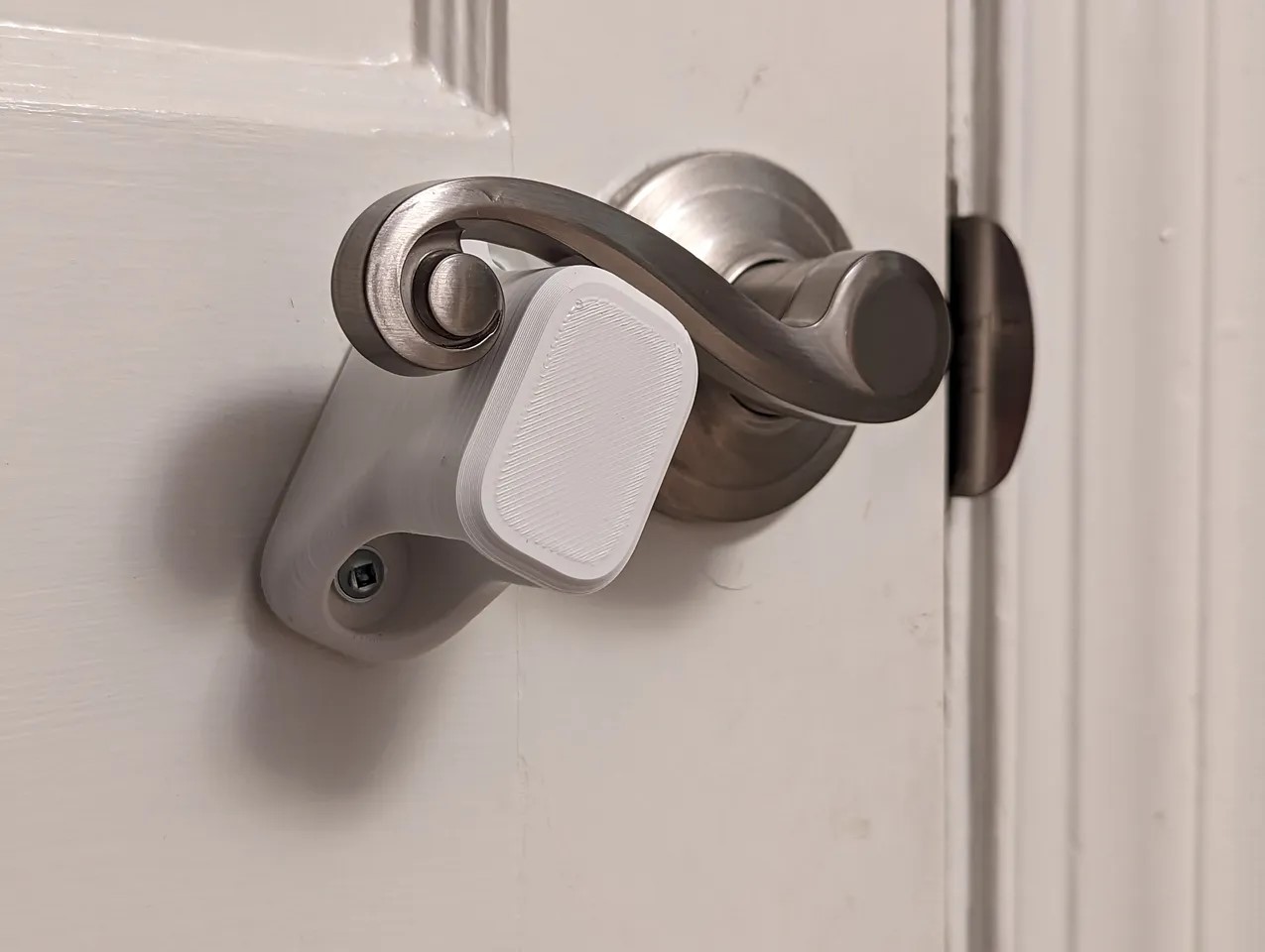
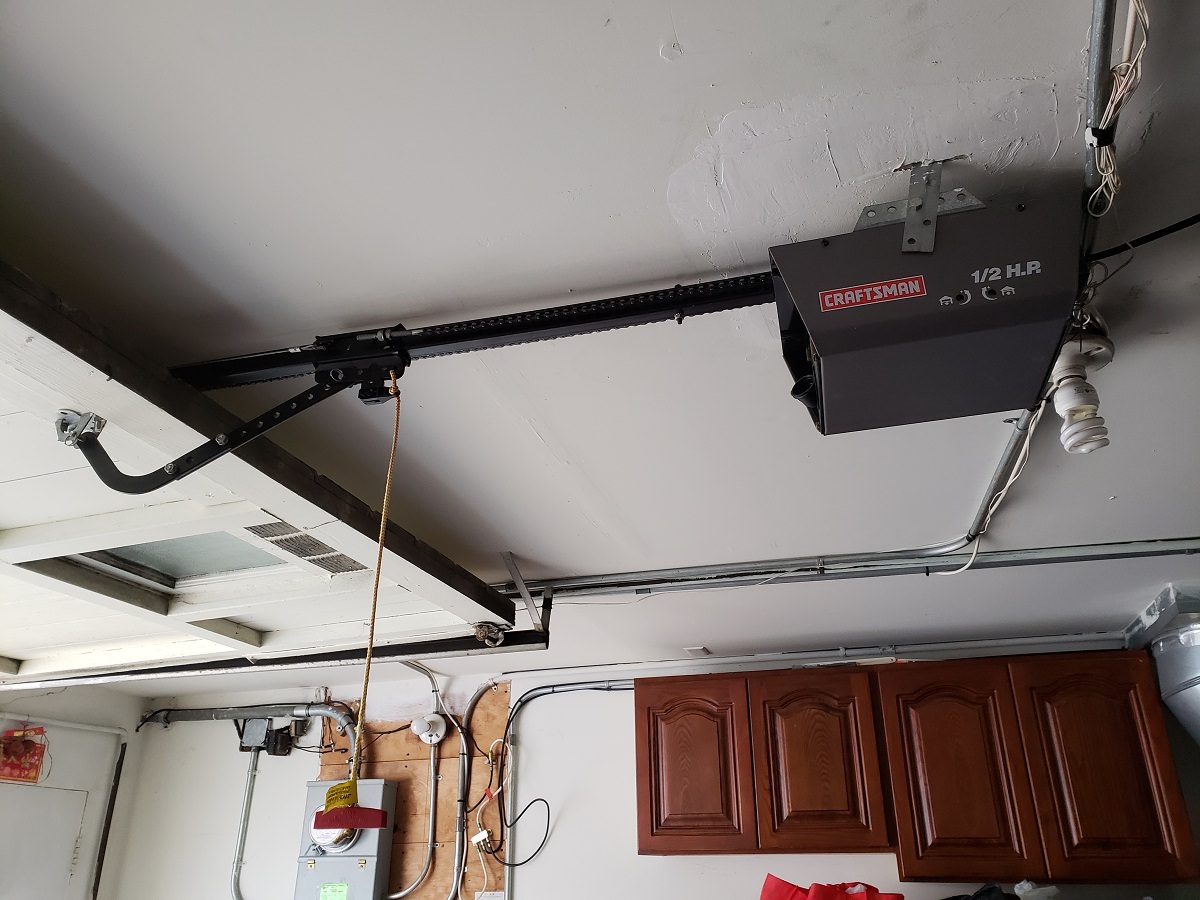
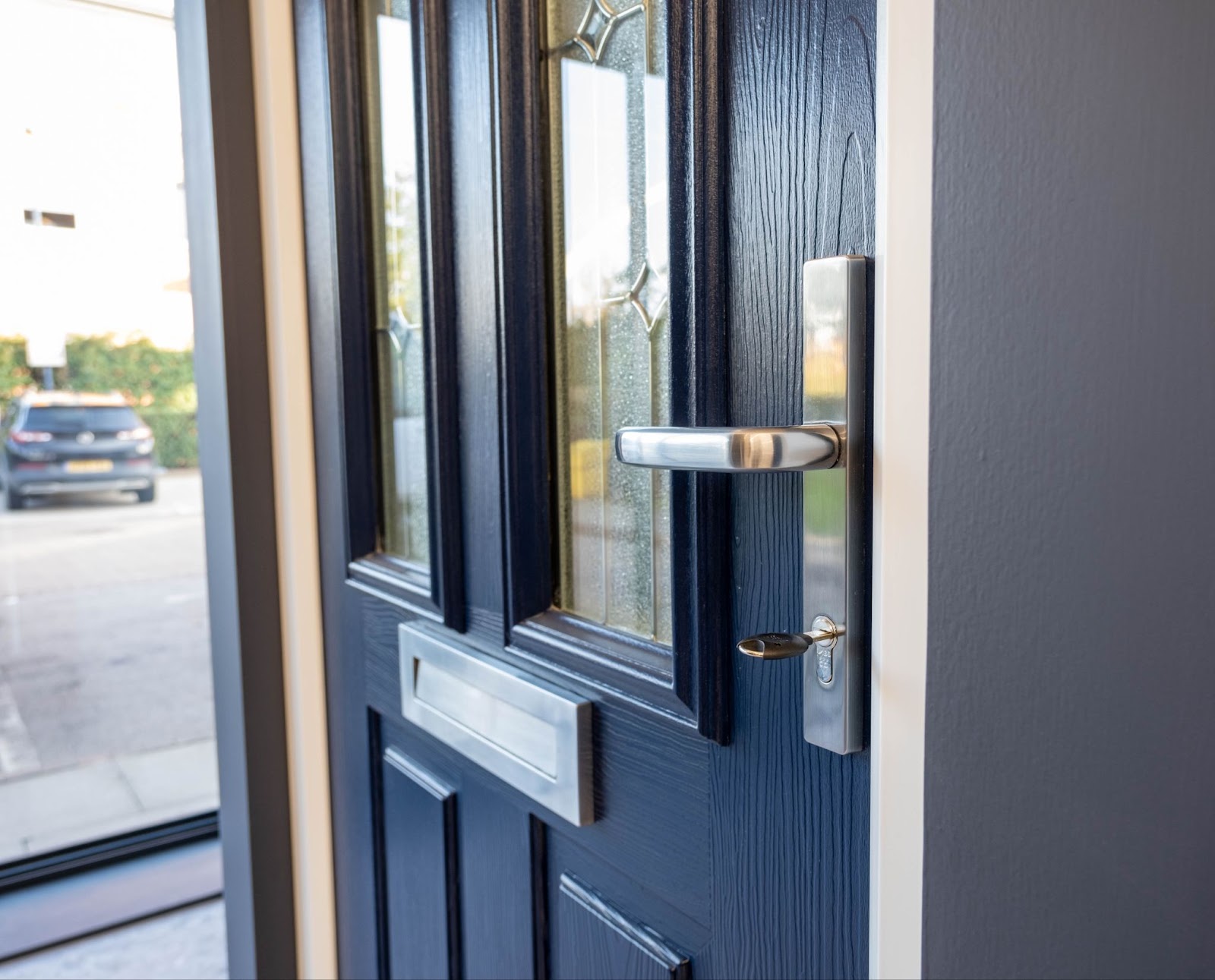
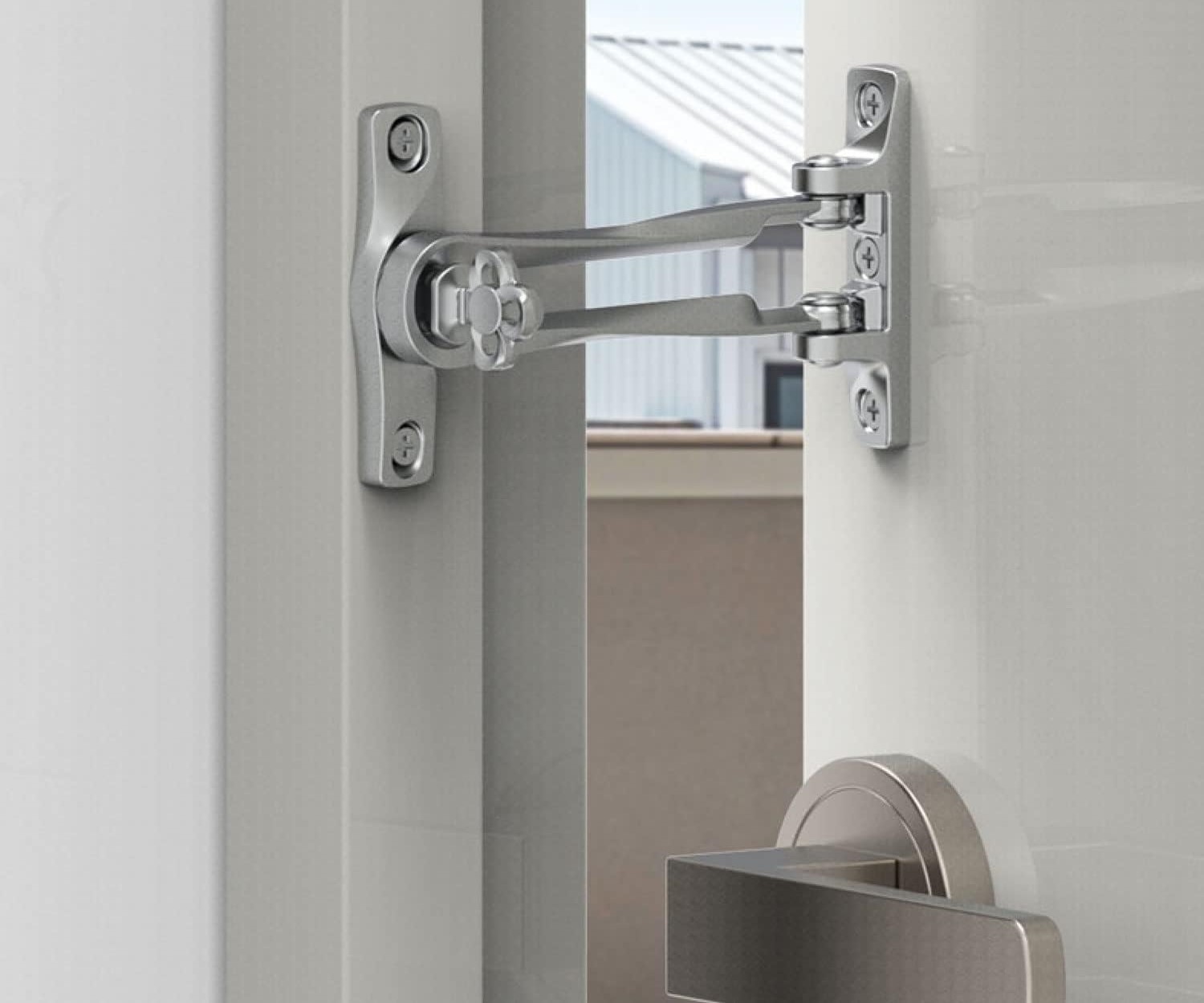
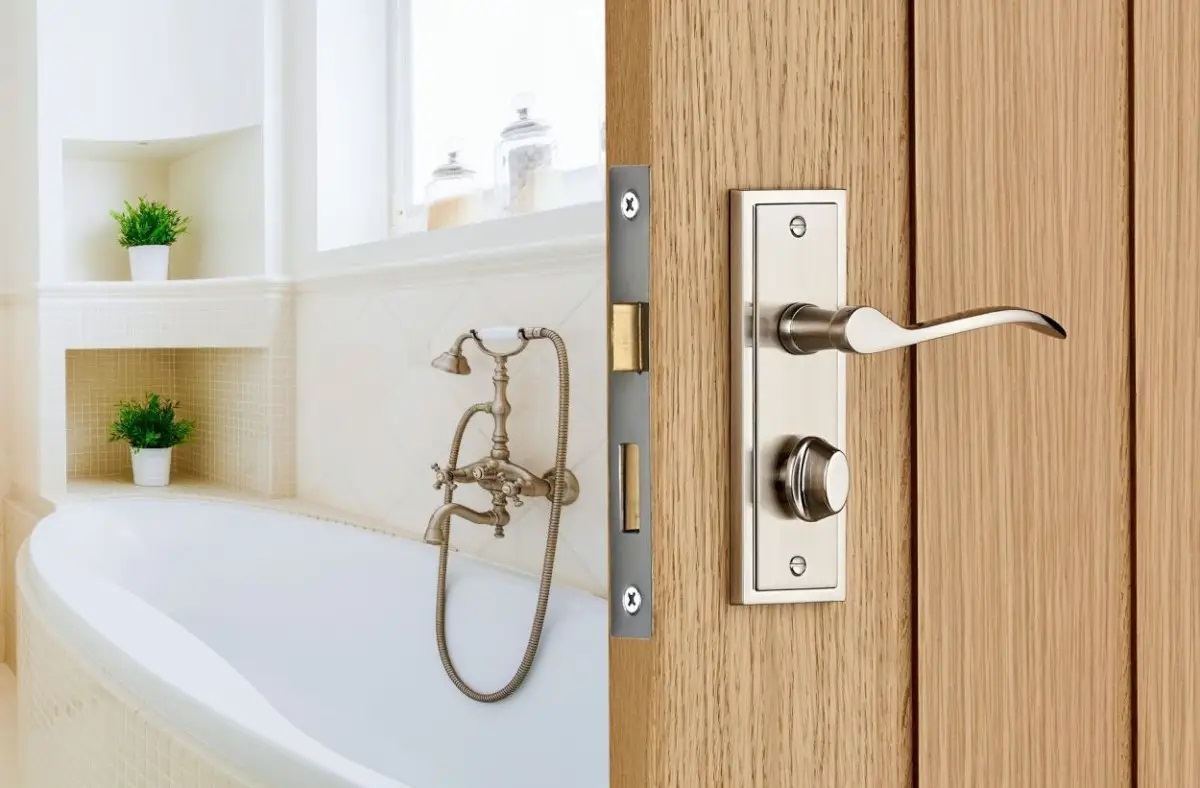
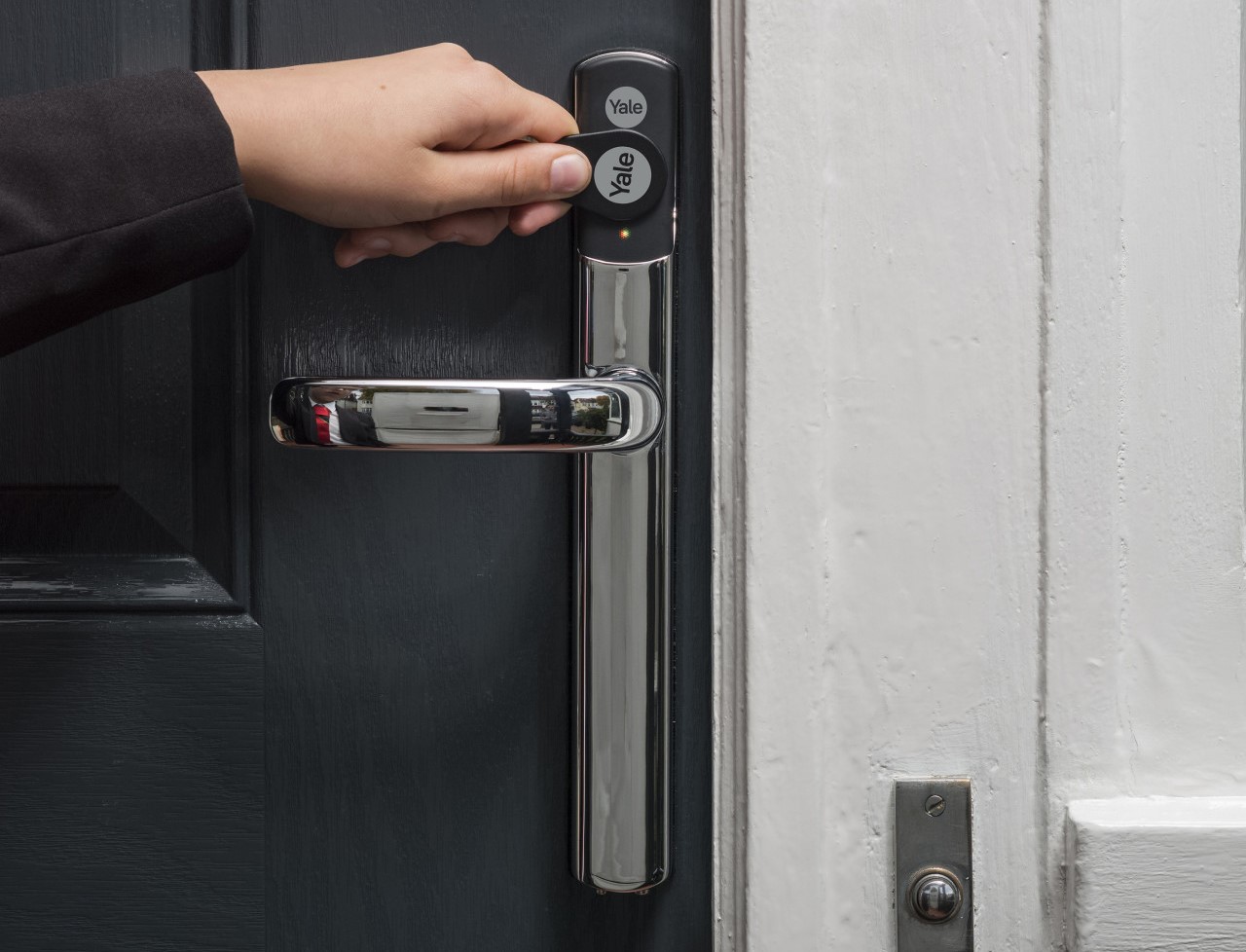
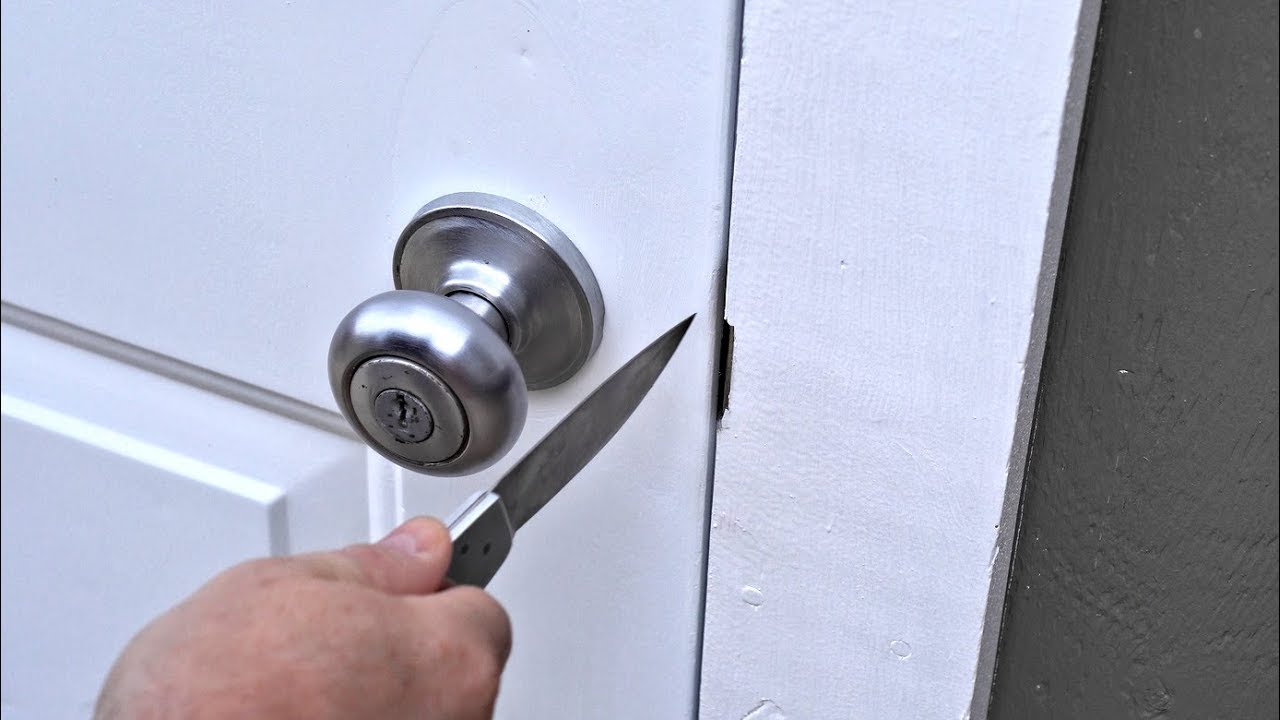
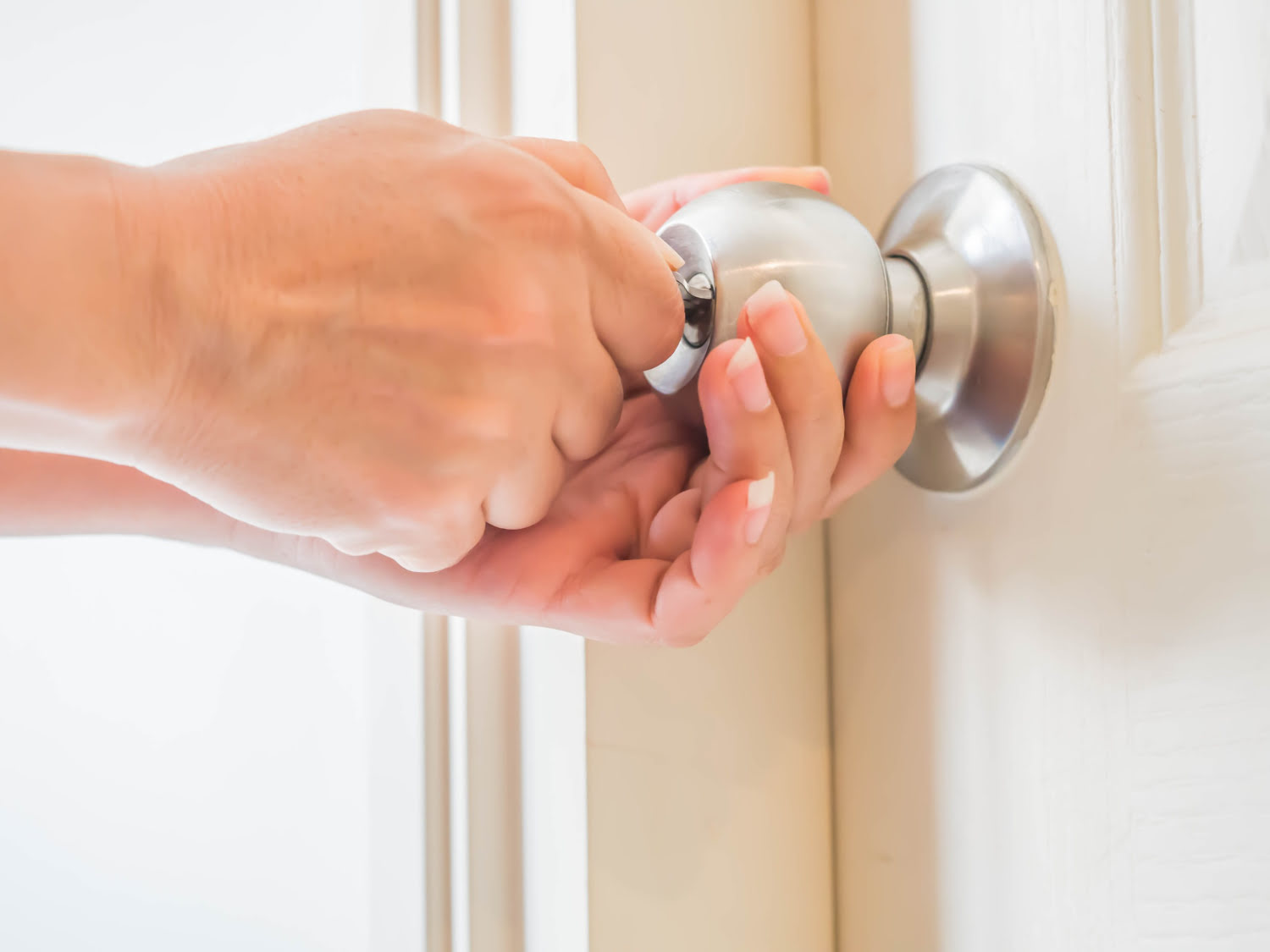
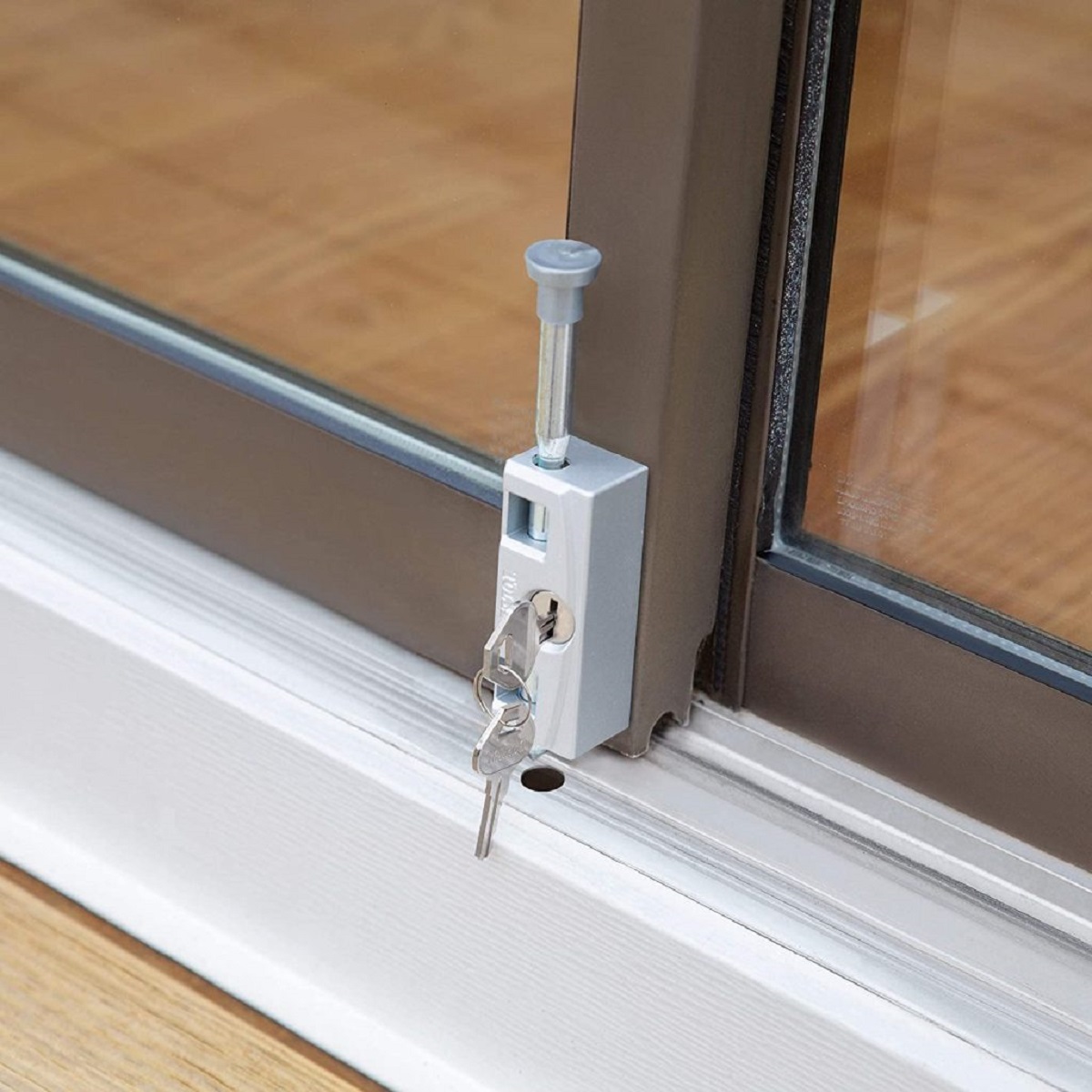
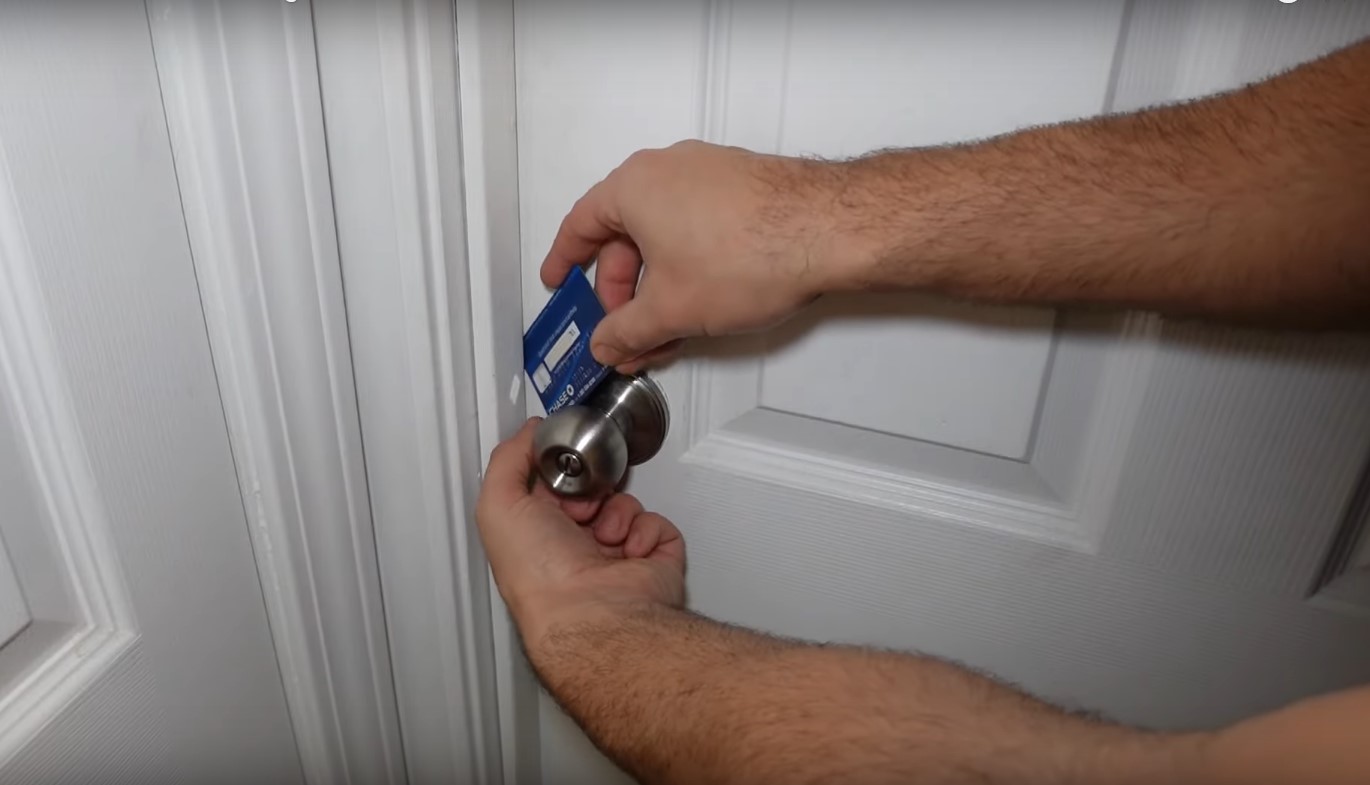
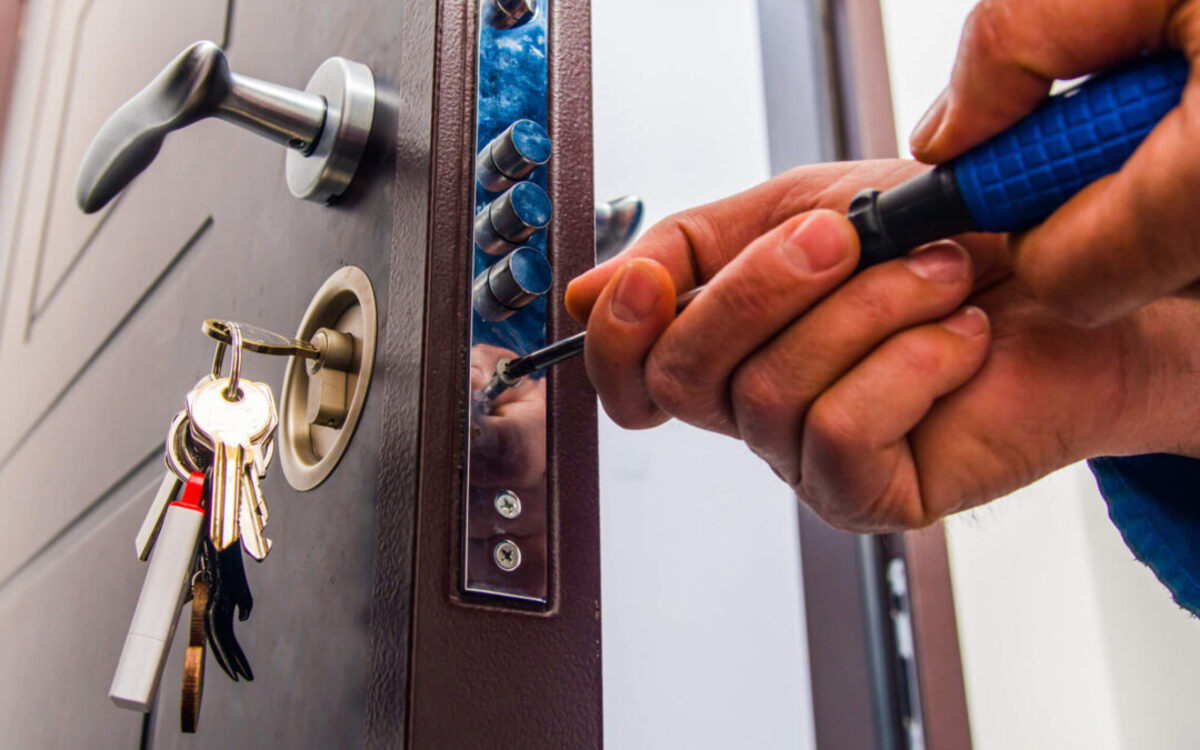
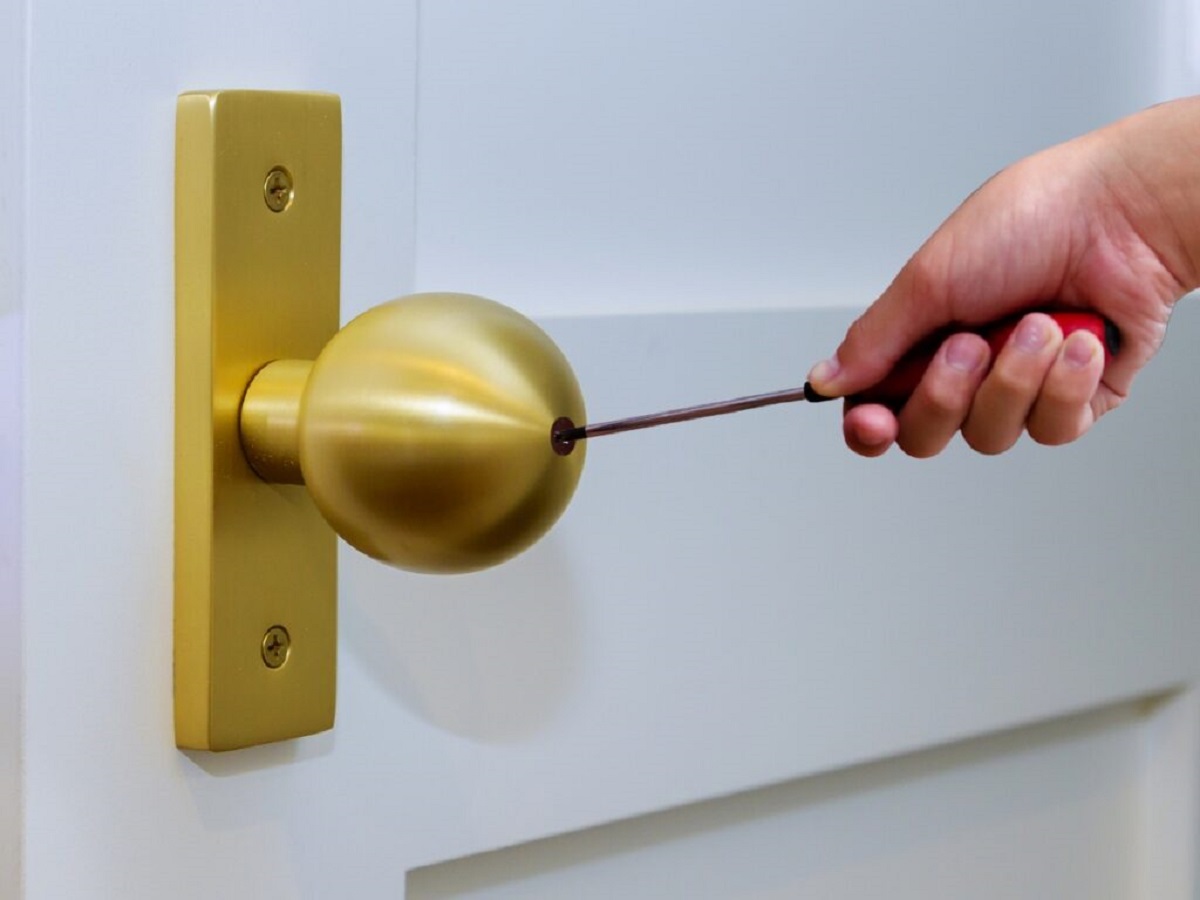
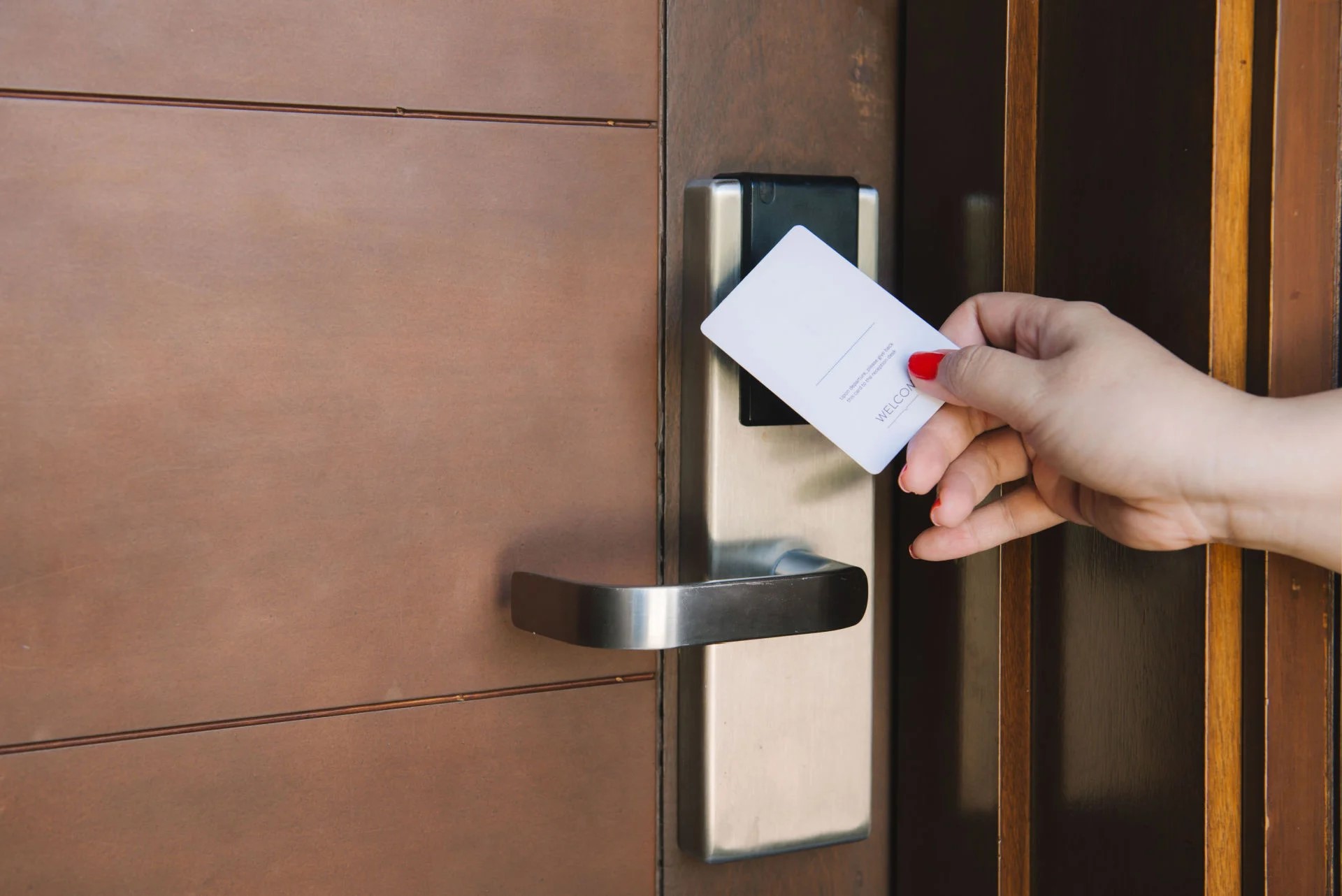
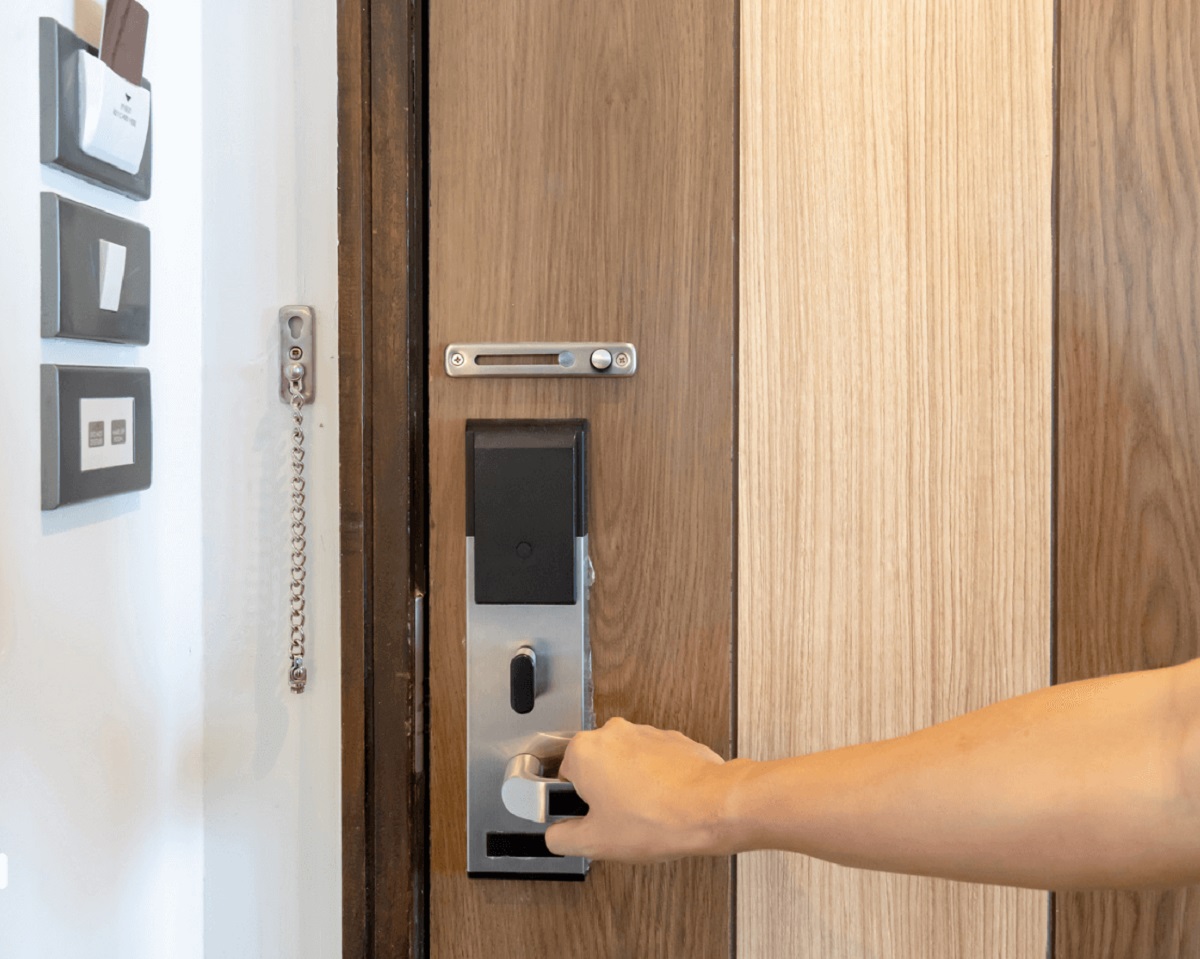

0 thoughts on “How To Open A Room Door Lock”